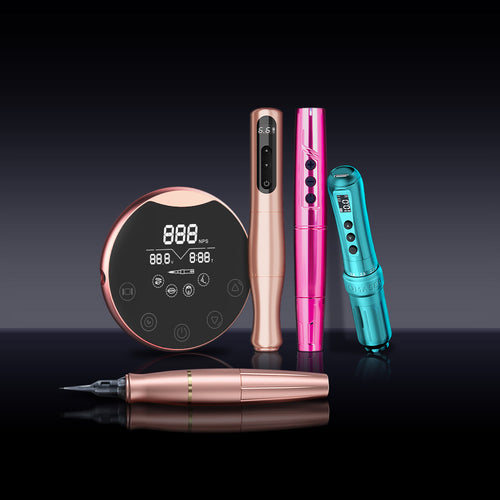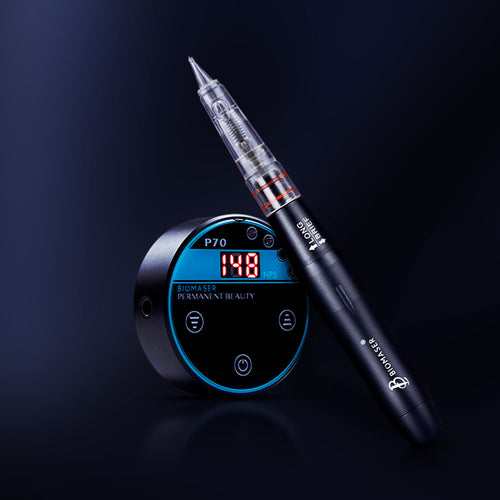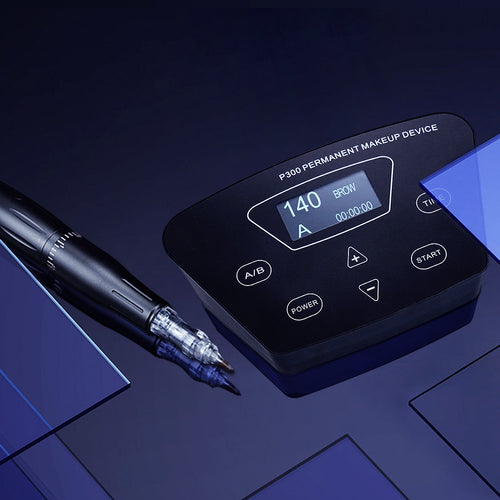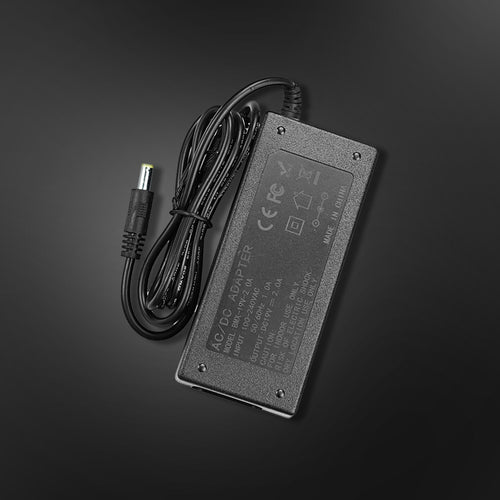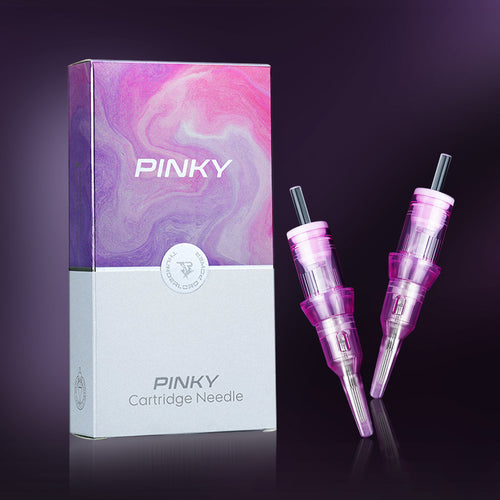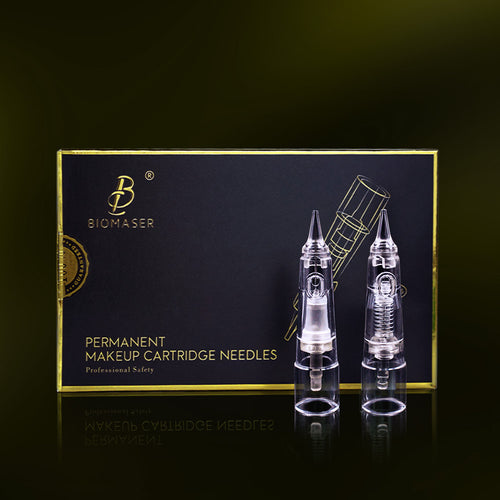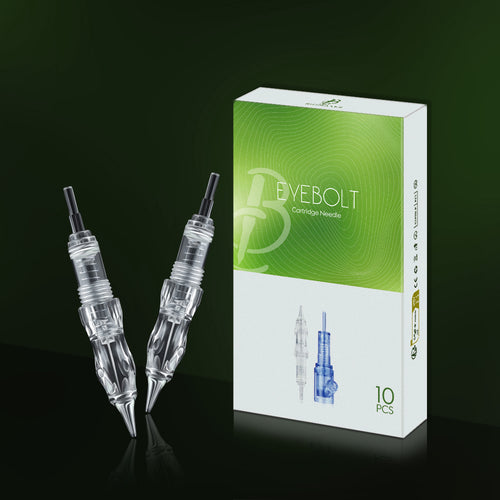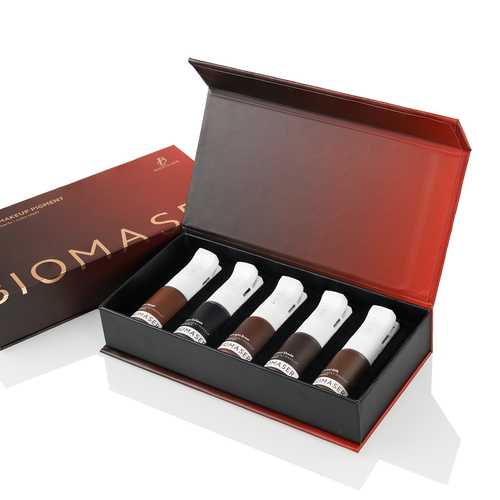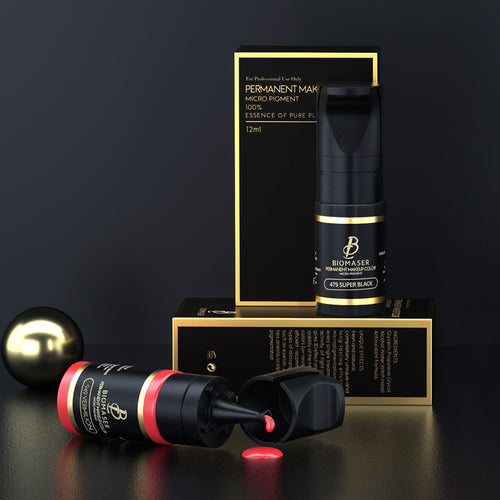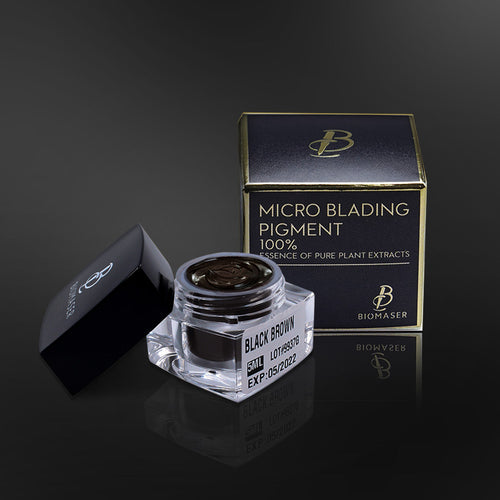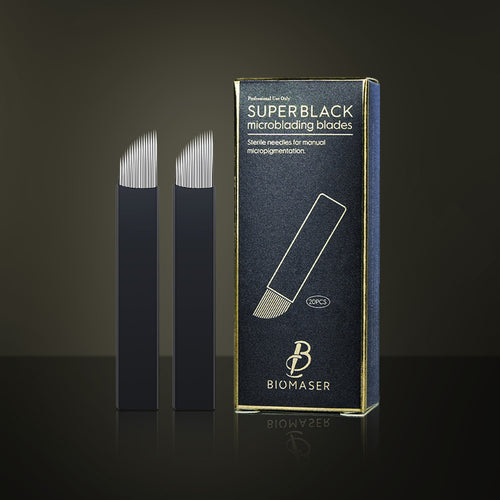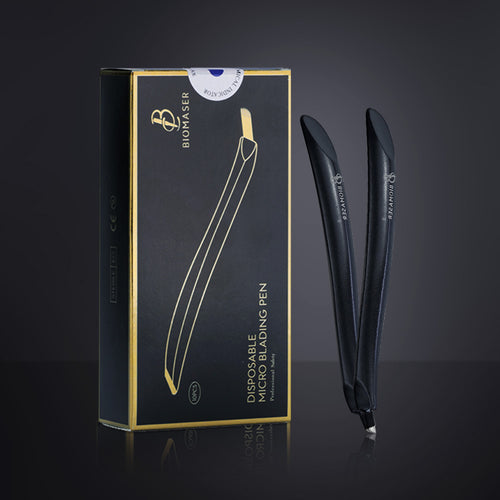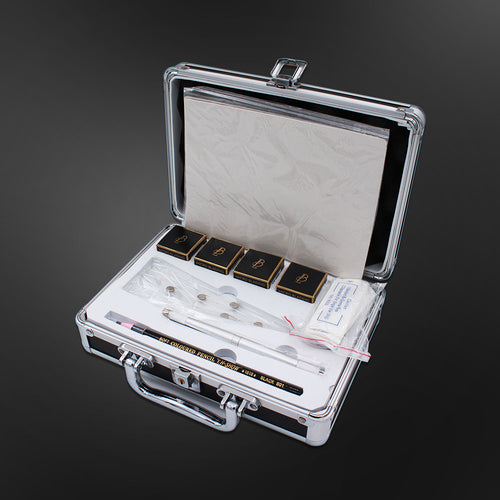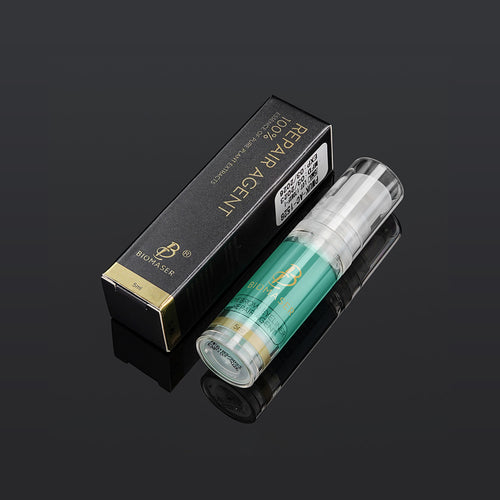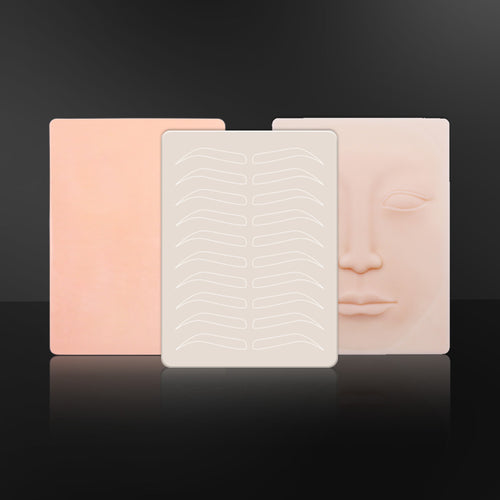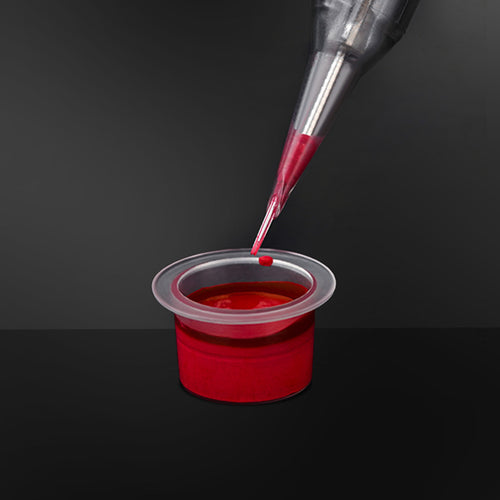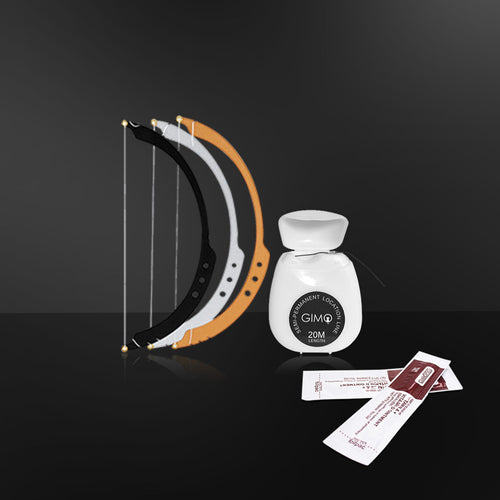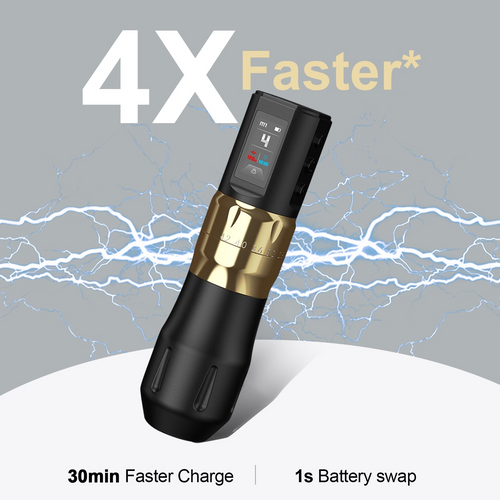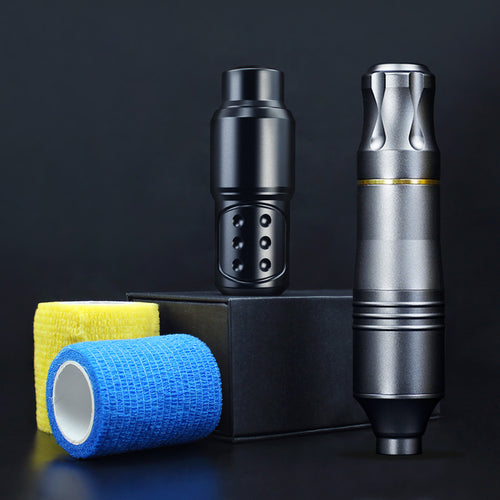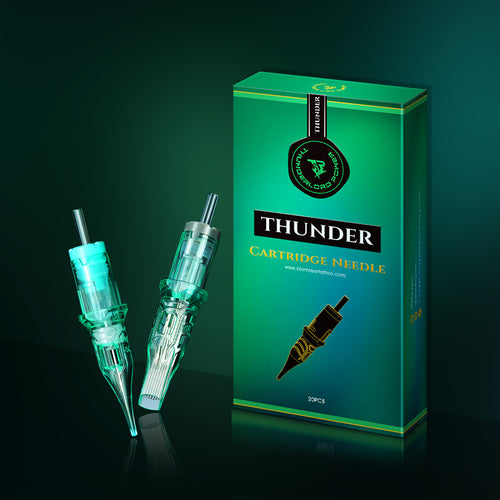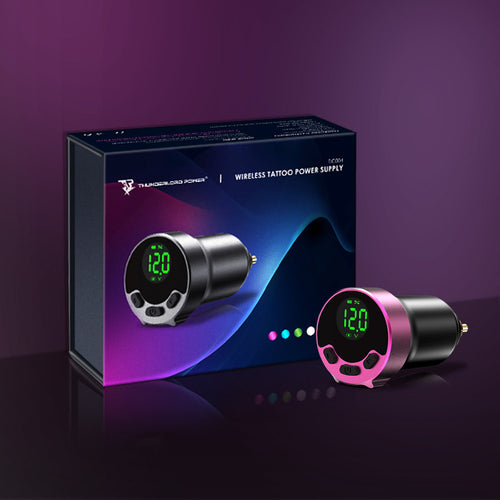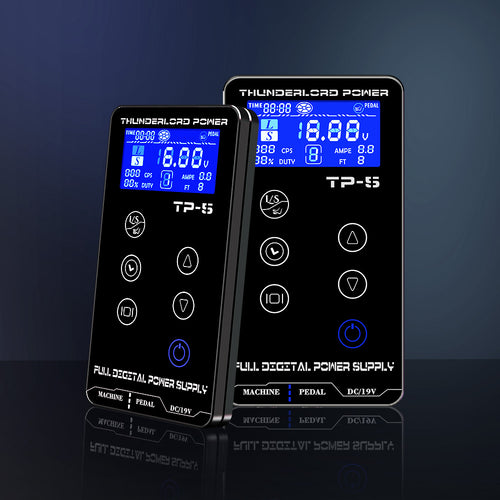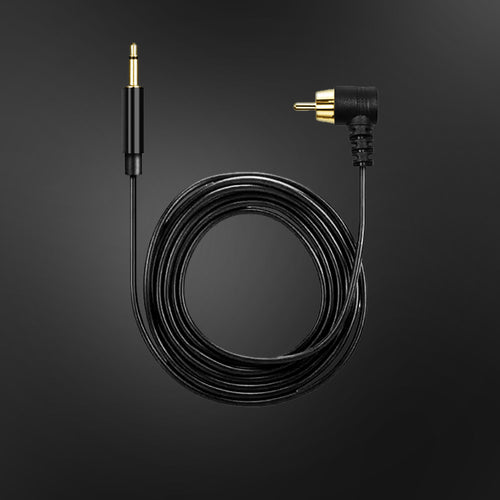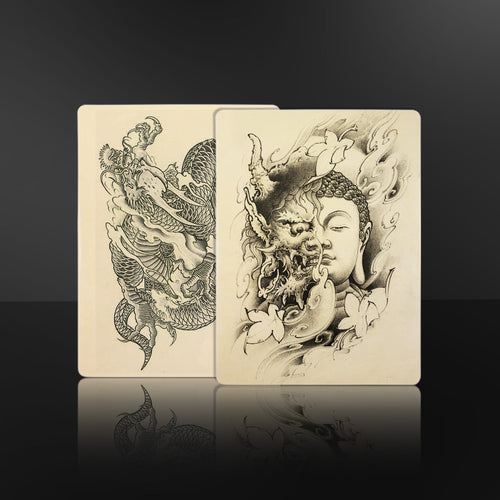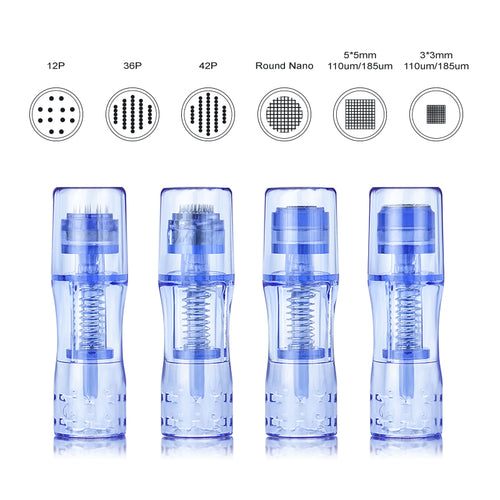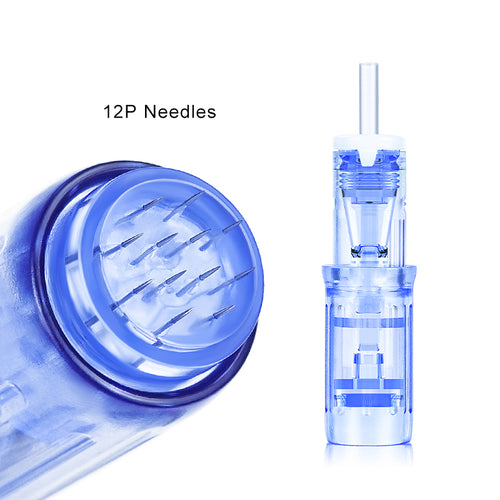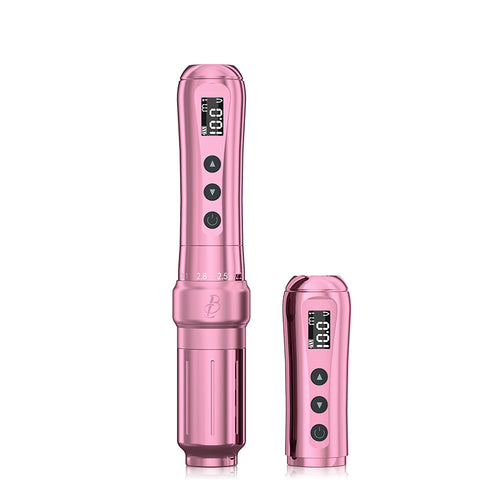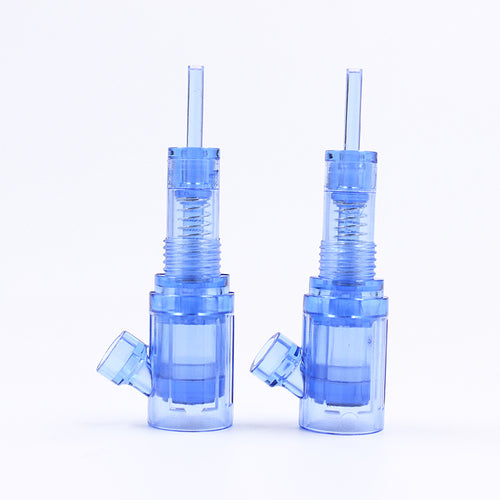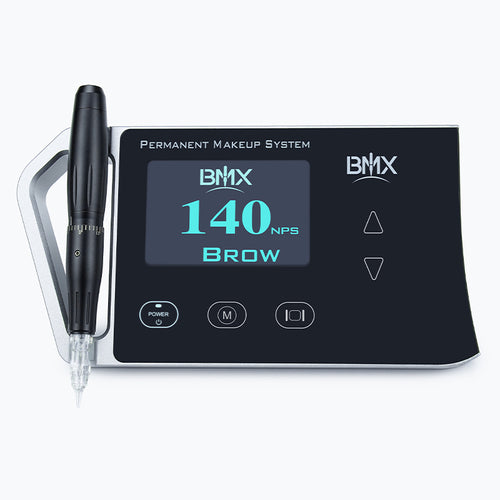How Long Does Permanent Makeup Last?
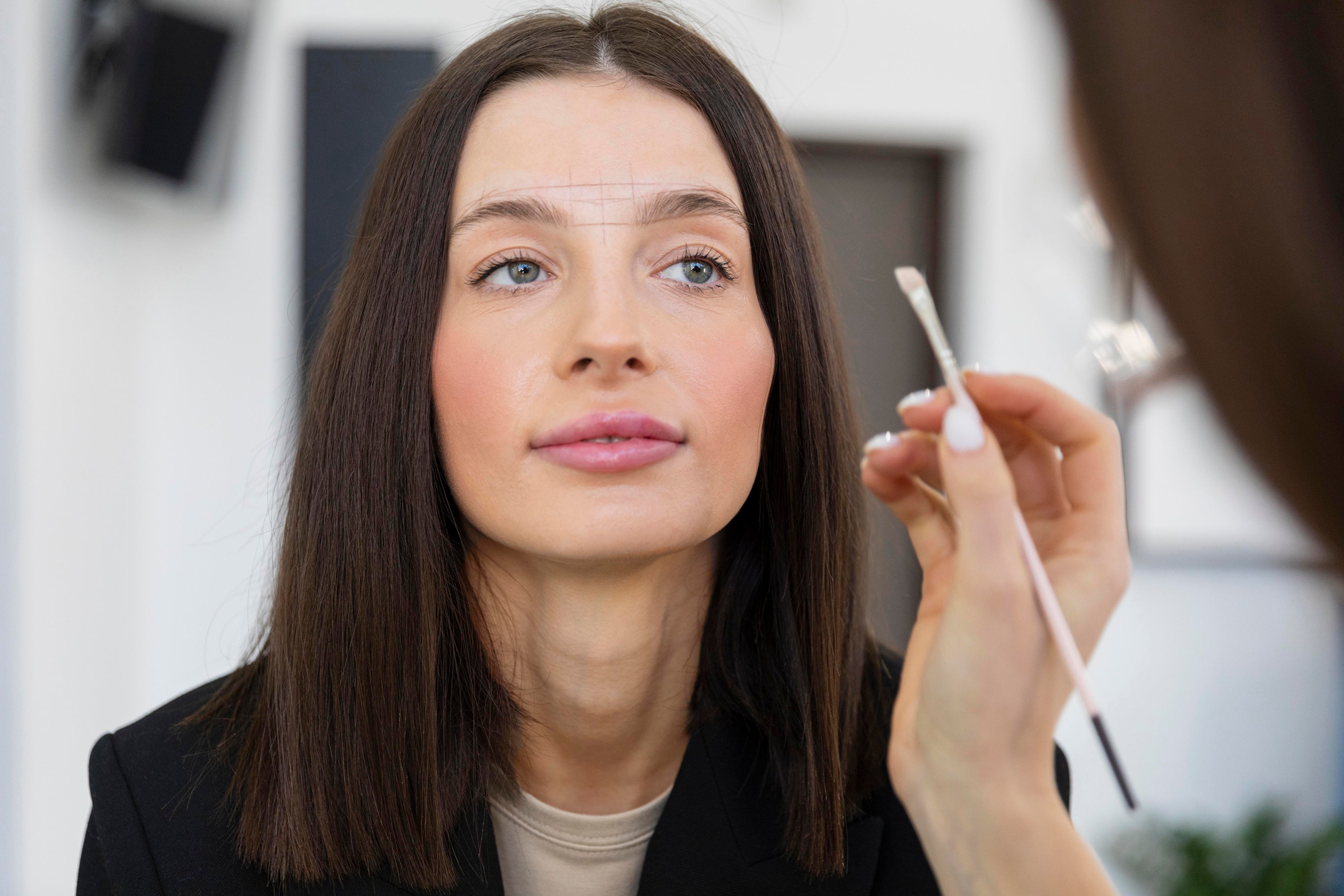
Key Takeaway
Permanent makeup offers convenience and confidence, but the name is misleading. These cosmetic enhancements are actually semi-permanent, typically lasting one to five years depending on which area you treat. Eyebrows need refreshing every one to three years, eyeliner every three to five years, and lips every two to three years.
Your results depend heavily on your skin type, lifestyle habits, sun protection, and maintenance schedule. Oily skin, frequent exfoliation, sun exposure, and skipping touch-ups will all shorten the lifespan of your permanent makeup. On the flip side, proper aftercare, daily SPF, gentle skincare, and regular maintenance appointments will maximize your investment.
You know that friend who always looks put-together, even at 6 AM? Chances are, she might have permanent makeup. More and more people are ditching their daily makeup routines for eyebrows, eyeliner, or lip color that's always there. Sounds great, right? But here's the catch: "permanent" is kind of a misleading name. Most of these treatments actually fade out after one to five years. So if you're thinking about getting it done, you'll want to know exactly how long your results will really last.
What Is Permanent Makeup and How Does It Work?
Permanent makeup uses a technique called micropigmentation, in which tiny needles are used to put colored pigments into the top layers of your skin. In a way, you can think of it as a type of tattoo that is especially designed for the face.
Some of the most common treatments are microblading or powder brows to make your eyebrows look better, eyeliner along the lash line, and lip blushing to give your lips color and shape. Permanent makeup stays in the top layer of skin, while body tattoos go deeper into the skin. This setting makes it fade more naturally over time, which is one of the things that makes it appealing. As you get older, your face changes, and semi-permanent makeup adjusts with you rather than looking outdated years later.
How Long Different Types of Permanent Makeup Actually Last
Different areas of your face hold pigment differently. Here's what you can expect from each type of treatment.
Eyebrow Treatments: 1-4 Years
Microblading usually lasts one to three years. This method creates thin, hair-like strokes that look natural but fade faster because less pigment is deposited. Powder brows or ombre brows stick around longer, about two to four years, since they use more pigment to create a filled-in, softer look.
Why do eyebrows fade so fast? Your forehead produces more oil than other facial areas, and you're constantly raising your eyebrows and making expressions. All that movement and oil breaks down the pigment quicker. The long term effects of microblading mean you'll need touch-ups regularly to maintain those crisp strokes.
Eyeliner: 2-5 Years
Eyeliner lasts longer than eyebrows. Upper permanent makeup eyeliner typically holds for three to five years, while the lower lash line lasts two to four years. The skin on your eyelids is thinner and doesn't get as much sun exposure, which helps the pigment stay put. Plus, the dark colors used for eyeliner naturally last longer than the lighter shades used for eyebrows.
Lip Color: 2-3 Years
Permanent makeup lips usually need refreshing every two to three years. Your lips lose cells faster than regular skin because they don't have that tough outer layer. Add in eating, drinking, and lip movements throughout the day, and the pigment fades pretty quickly.
What Makes Permanent Makeup Fade Faster or Last Longer
How long your cosmetic tattooing lasts depends on several things. Some you can control, others are just part of how your body works.
Your Skin Type
Oily skin breaks down pigment much faster than dry skin. Too much oil basically pushes the color out of your skin over time. If you have dry skin, you're in luck—your results will probably last longer. Age matters too. Younger skin replaces itself faster, so the pigment fades quicker. Older skin hangs onto color better.
Color Choice and Ink Quality
Dark colors outlast light ones. Black eyeliner will be visible way longer than blonde eyebrow strokes. The quality of PMU ink your technician uses also makes a huge difference. Good pigments fade evenly and look natural as they lighten. Cheap ink can turn weird colors like orange or blue, or fade in blotchy patches.
Sun Damage
The sun is probably the biggest threat to your permanent makeup. UV rays break down the pigment in your skin the same way they fade your curtains or car interior. Your eyebrows and lips get hit with sunlight constantly, so they fade faster. Wearing sunscreen with SPF 30 or higher every day can add months or even years to your results.
Your Daily Routine
- Some skincare products make pigment fade faster. Retinol, vitamin C, AHAs, and BHAs all speed up how quickly your skin sheds cells, which means the color leaves faster too. You might need to skip these products where you have permanent makeup.
- Regular swimming in chlorinated pools will lighten your pigment.
- Lots of sauna sessions and intense workouts with heavy sweating also shorten how long it lasts.
- Smoking affects blood flow and healing, which can mess with both your initial results and how long they stick around.
Artist Skill Level and Technique
Your technician's skill level matters a lot. An experienced artist knows the exact right depth to place pigment. Too shallow means it fades in just a few months. Too deep can make it spread or look unnatural. Getting quality work from the start is your best bet for enjoying the benefits of permanent makeup for years.
What to Expect as Your Permanent Makeup Fades
The First Few Weeks
Right after your appointment, don't panic about how dark everything looks. The color will be much more intense than your final result. Within two weeks, you'll lose about 30-40% of that initial color as your skin heals and sheds. This is totally normal.
Months 1-2: Your True Color Appears
The color keeps settling and softening over the next few months. By six to eight weeks, you'll finally see what your permanent makeup actually looks like. This is your real result.
The Long Fade
From there, fading happens slowly over years. Most people start noticing their permanent makeup looking lighter and less sharp after about 12-18 months. It's still there, just softer.
Colors can change as they fade. Reds might turn pink. Blacks can shift to gray or even blue. Browns sometimes go orange. Good PMU pigments and smart color choices from your technician help prevent weird color changes, but some shifting happens naturally.
When You'll Need Permanent Makeup Touch-Ups
Your first touch-up isn't optional; it's part of the process. Six to eight weeks after your initial appointment, you'll go back so your technician can fix any spots that didn't hold color well and adjust the shade if needed. This appointment helps you get the result you actually paid for.
After that, plan on going back once or twice a year to keep things looking fresh. These maintenance sessions are faster and cheaper than your first appointment.
If you skip touch-ups? Your permanent makeup will keep fading until it's barely there anymore, usually over three to five years. It's like getting your hair colored—you need regular appointments to keep it looking good instead of washed out and patchy.
How to Make Your Permanent Makeup Last Longer
The first two weeks after your appointment are crucial. Here's what you need to do:
- Keep the area clean and dry
- Don't pick at any scabs or flaking skin
- Skip makeup on the treated area
- Stay out of direct sunlight
- Avoid soaking in water (no swimming pools, hot tubs, or long baths)
Following your technician's specific instructions during this healing period sets you up for the best possible results.
After you've healed, these daily habits will help your permanent makeup last:
- Wear sunscreen every day. This is the single most important thing you can do. Apply SPF 30 or higher on all treated areas.
- Use gentle cleansers. Skip anything with exfoliating beads or harsh scrubs on your face.
- Be careful with strong skincare. If you use retinol or chemical exfoliants (AHAs, BHAs), keep them away from your permanent makeup.
- Stay hydrated and moisturize. Healthy skin holds pigment better, so drink plenty of water and use a good moisturizer regularly.
These simple steps can add months or even years to your results.
FAQs About Permanent Makeup Longevity
Q1: Is permanent makeup really permanent, or does it fade completely?
Permanent makeup isn't really permanent, despite what the name says. The color only goes into the top layers of skin, not as deeply as a regular tattoo. In other words, it fades on its own over time. Most permanent makeup is barely noticeable after three to five years if you don't touch it up. The good news? Because trends change and your face changes with age, you won't always look the same.
Q2: How much more do touch-ups cost than the first procedure?
Touch-ups normally cost between 40% and 60% of what you paid initially. You might get a deal or get your first touch-up for free after six to eight weeks. After the first year, maintenance costs between $100 and $300, based on the area and how much work needs to be done. Think about these long-term costs before you commit.
Q3: If I don't like my results, can I speed up the fading?
Yes. Putting on exfoliating products, like retinol, AHAs, and vitamin C, will make the process go faster. Facials or chemical peels done regularly can also help. When you put sunscreen on the rest of your face and go outside in the sun, the color breaks down faster. If you want to get rid of the color faster, saline removal or laser treatments can lift it in a few sessions. The first year is when these work best.
Q4: How will the color of my permanent makeup change as it wears off?
There will be some color changes. Black can get a little blue or gray. Brown could turn orange. Red-based colors often fade to pink. Color changes are less likely to happen when techs use good pigments and have a lot of experience, but expect some changes over time.
